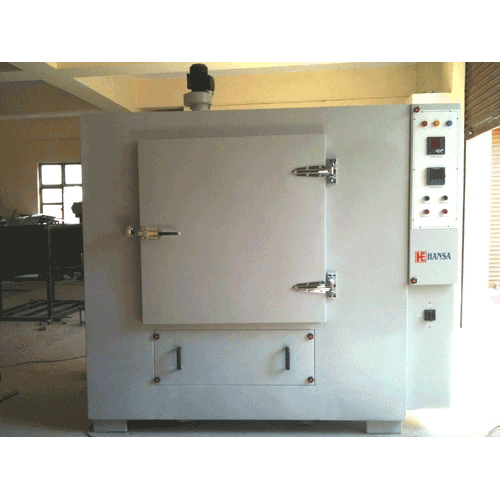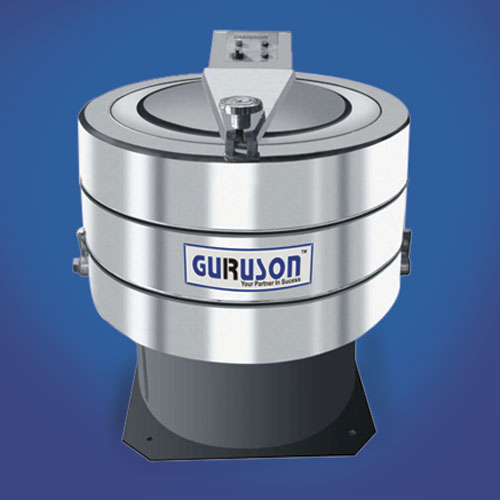Schedule a Call Back
Industry 4.0 can leapfrog Indian manufacturing
 Indian Economy
Indian Economy- Jun 07,18
Related Stories

India’s GDP Rises 8.2% in Q2 FY26 as Manufacturing Recovers
Economists lift forecasts as manufacturing and services drive strong GDP growth.
Read more
India Must Raise Investment Rate to 34-35% for 7%+ Growth, Says EAC-PM Chief
Mahendra Dev, Chairman of the Economic Advisory Council to the Prime Minister (EAC-PM), emphasised the need for a higher investment rate and stronger private sector involvement to achieve sustained ..
Read more
Varroc Engineering’s PBT rises 54% in Q1 FY26 on strong auto components demand
Varroc Engineering posts Rs 20.3 bn revenue in Q1 FY26, PBT before exceptional and JV profit up 54% YoY to Rs 822 million, driven by robust India and overseas operations.
Read moreRelated Products

Heavy Industrial Ovens
Hansa Enterprises offers a wide range of heavy industrial ovens.

High Quality Industrial Ovens
Hansa Enterprises offers a wide range of high quality industrial ovens. Read more

Hydro Extractor
Guruson International offers a wide range of cone hydro extractor. Read more















